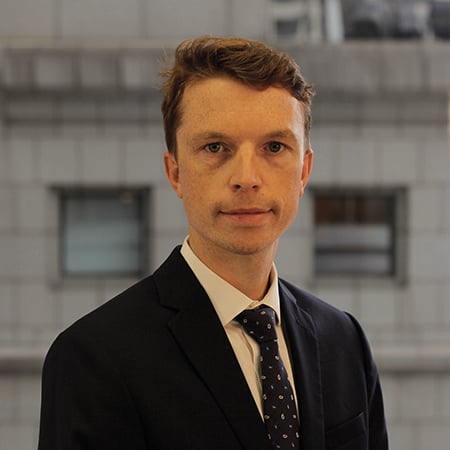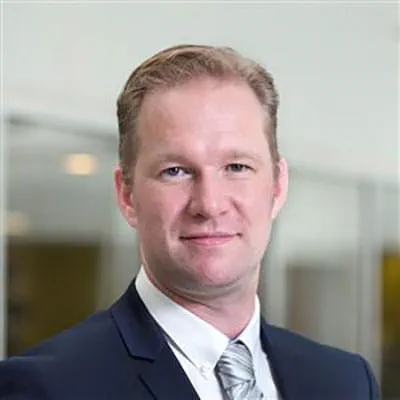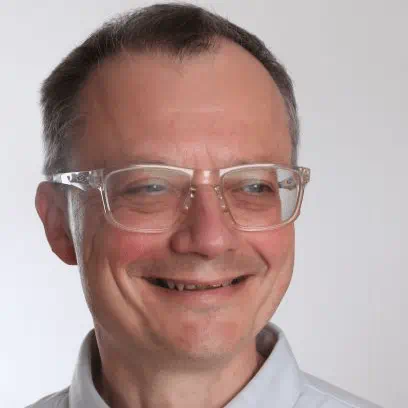Traditionally, design relied on individuals’ experience and creativity, refining and testing a narrow range of promising ideas. Today, we combine those human skills with powerful digital tools, enabling us to think bigger and deeper. Our digital design process begins by understanding what clients want to achieve, assesses the sustainability impacts of the project, before taking advantage of computing power to explore as many promising approaches and ideas as possible.
Our unique combination of creativity and analysis, of options and exploration, allows us to address everything from upfront costs to carbon emissions and resource use, to economic and social value, and the likely impacts on the natural world.
Planning tools
At the earliest planning stages, we use data to build a robust picture of the context into which a project must fit. Our City Modelling Labs team use agent-based modelling to help plan future transport infrastructure investments that will accurately meet current and future need. Our MassMotion software simulates how people move around and interact with their environment, helping clients to understand and shape the user experience they need to offer.
Computational design and optimisation
Computational design tools enable our teams to manage an ever-increasing number of client requirements – geotechnical details, sunlight levels, materials costs, commercial goals, almost anything measurable – to rapidly explore thousands of design outcomes. Using a growing array of tools and techniques, computational design processes lead to more efficient, intelligent, and sustainable outcomes across the built environment.
Using computational design, we are able to bring better and more substantiated solutions, facilitating and de-risking the decision-making process, in order to deliver the best possible designs for our clients and the planet. It leads to designs that balance performance, function, and beauty.
Learn more about computational design
Discover how we've helped our clients
Learn more about our parametric design workUnderstanding dynamic systems
As designers and engineers of high-performance infrastructure we’re often challenged to explore, test and validate designs involving complex natural factors like wind, water, earthquakes or human behaviour. Arup is at the forefront of bringing deeper digital understanding to these vital design considerations, pushing industry tools like LS-Dyna to bring new insights and confidence to the design process.
Communicating design
Design is always a combination of how it works, how it looks and what it means. Mastery of digital tools enables us to unify these elements.
Experiences that engage
Our visualisation team leads the industry in simulations that bring designs to life, allowing clients and communities to experience, explore and debate every element of design well before anything is built. We blend immersive technologies to suit a client’s goals, producing an entire train carriage experience in virtual reality to help the High Speed 2 team experience the noise implications of different train designs, profiling the service’s sonic effects on the communities it will traverse.
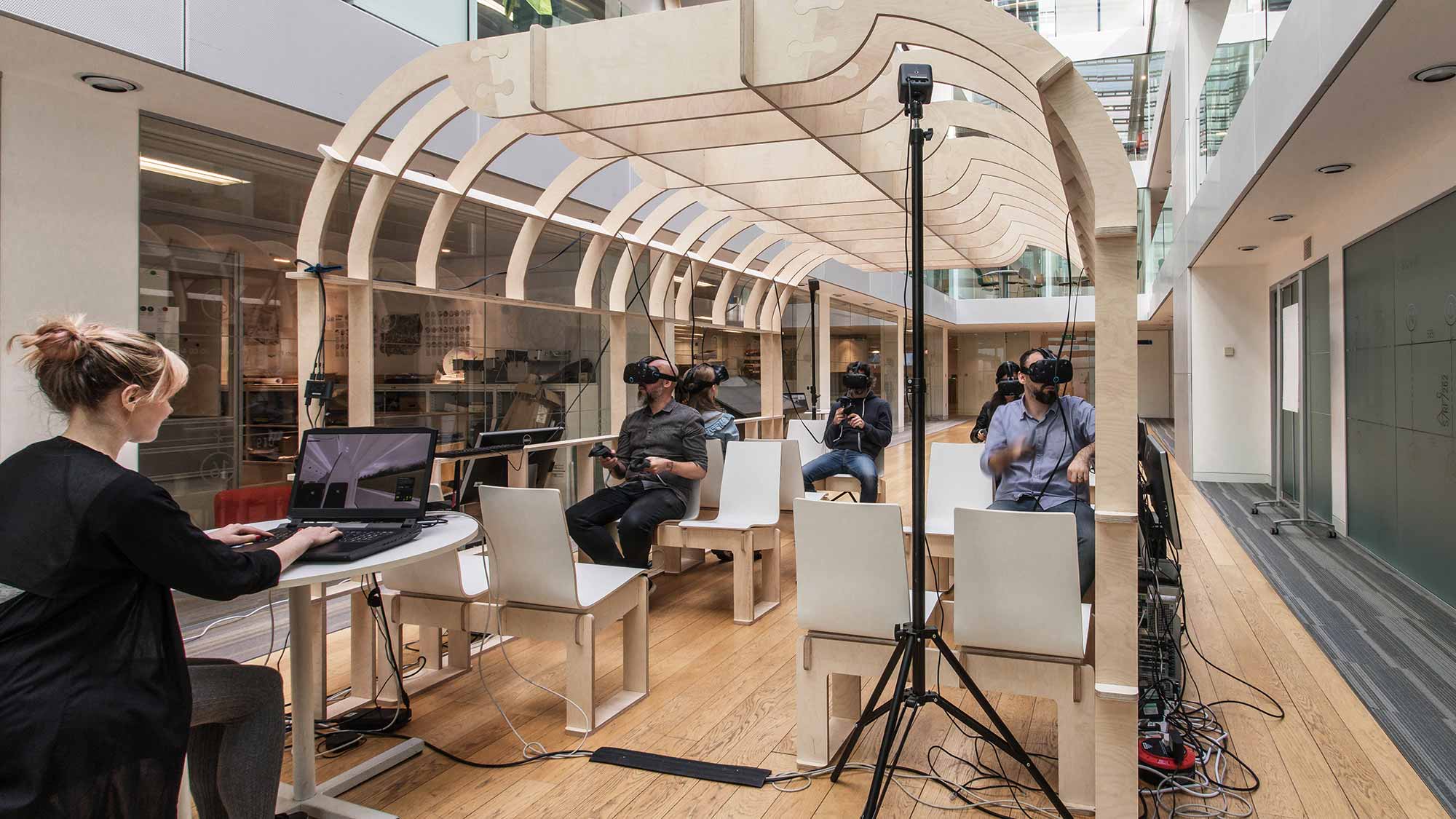
Our team can now simulate every aspect of a proposed service or experience – acoustically, visually, spatially – allowing teams to explore improvements, gauge operating costs, and gain public feedback.
Visualisation humanises design, bringing practitioners closer to the public they serve. It’s cost-effective too, meaning many more projects can be engagingly presented to a greater number of stakeholders and communities.
Building on BIM
Building information modelling (BIM) has been the best way to design and engineer functionally complex structures for some time. We push it further, bringing additional layers of information and data to every model, to help clients explore operational options and performance potential.
Use of BIM has allowed us to design the world’s first LEED platinum data centre for Citi, as well as ensuring that the distinctive and resource-efficient façade of the Beijing National Aquatics Centre (Water Cube) became possible.
Meet our people
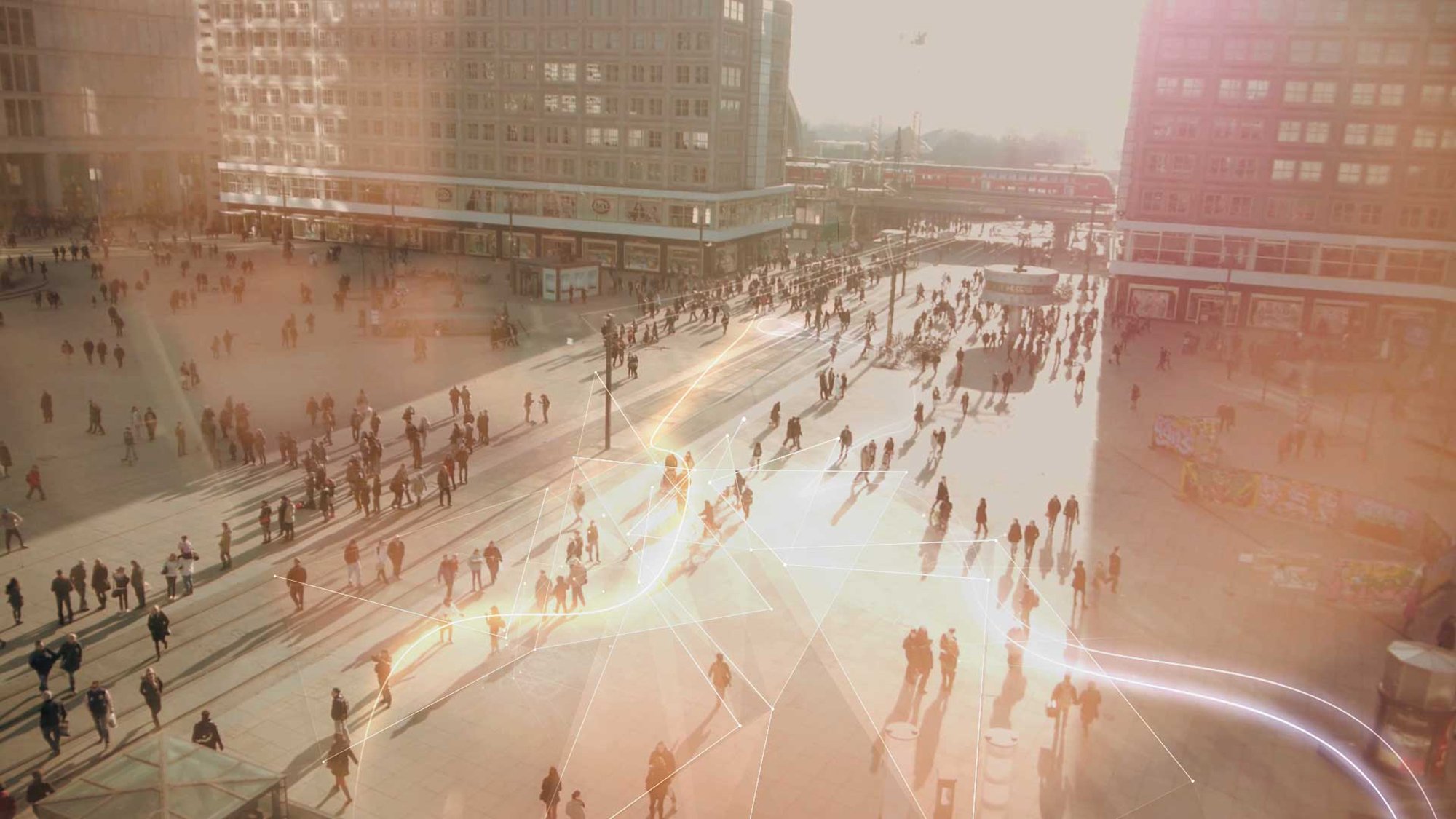
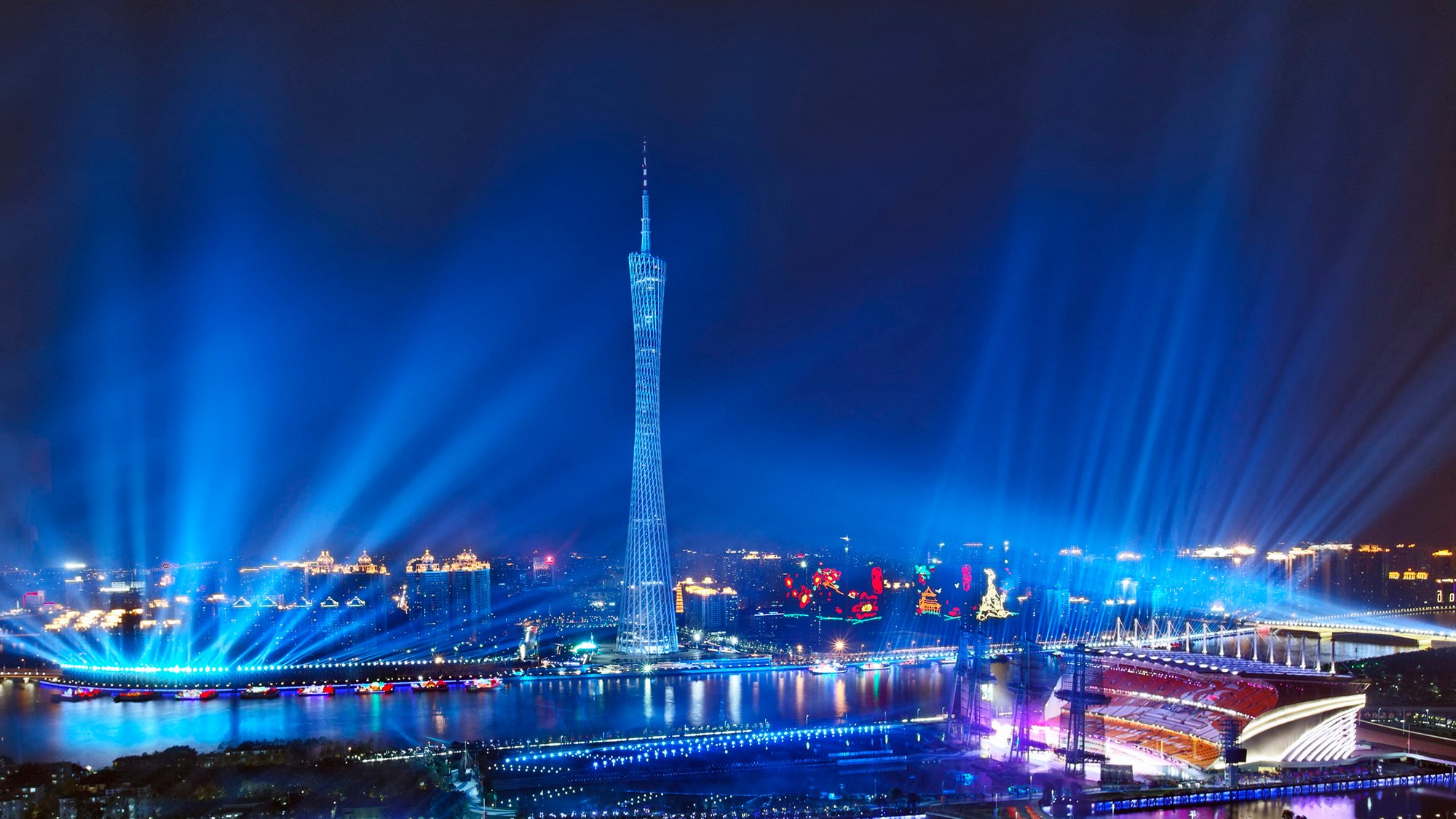 ;
;
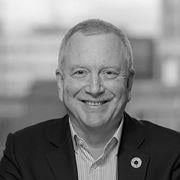
.jpg?h=450&w=450&hash=183DBDF346AA3E5205C9C1796680A049)
